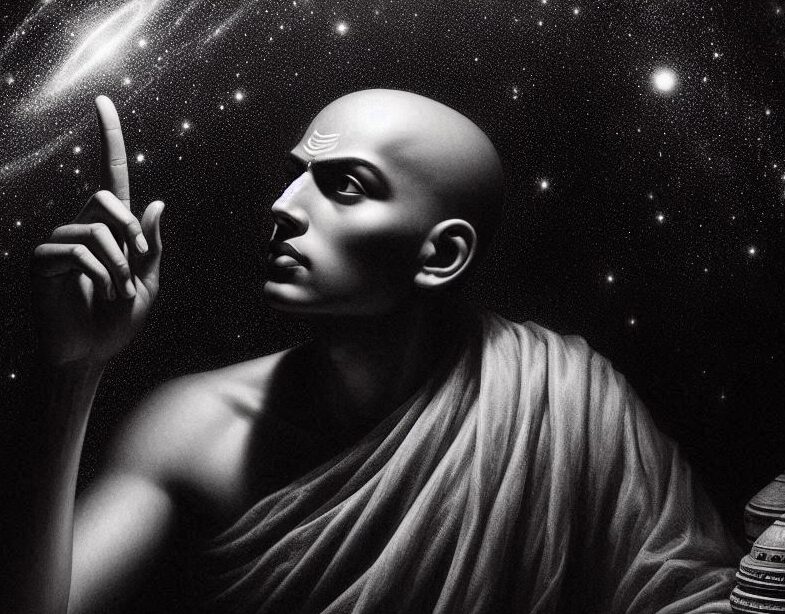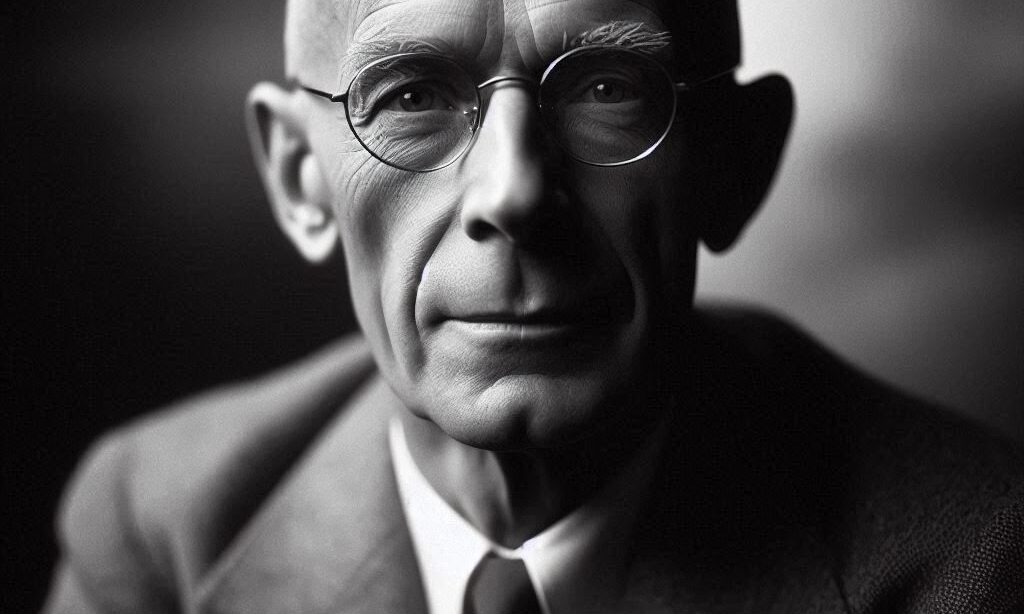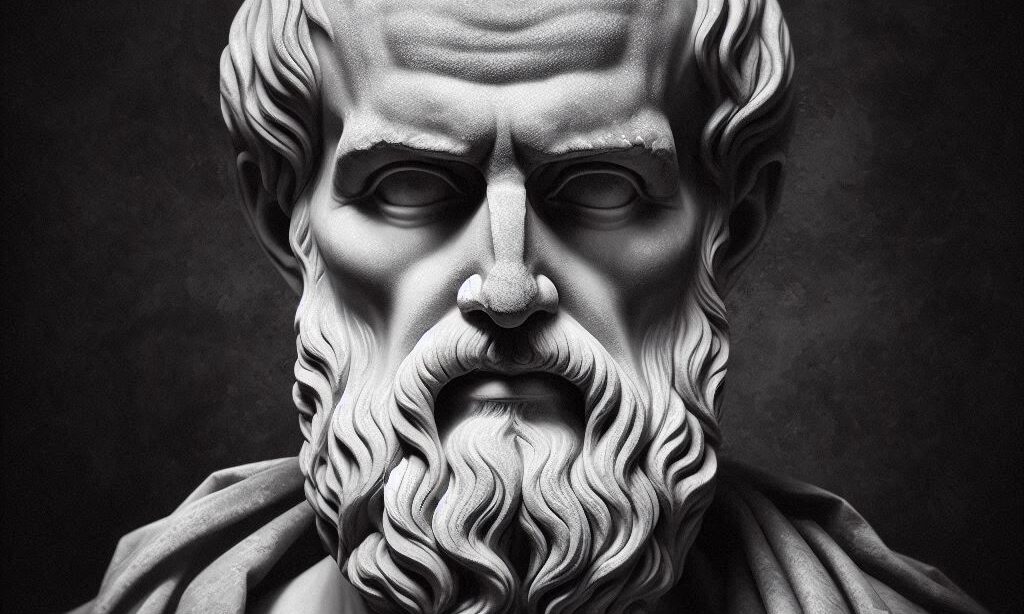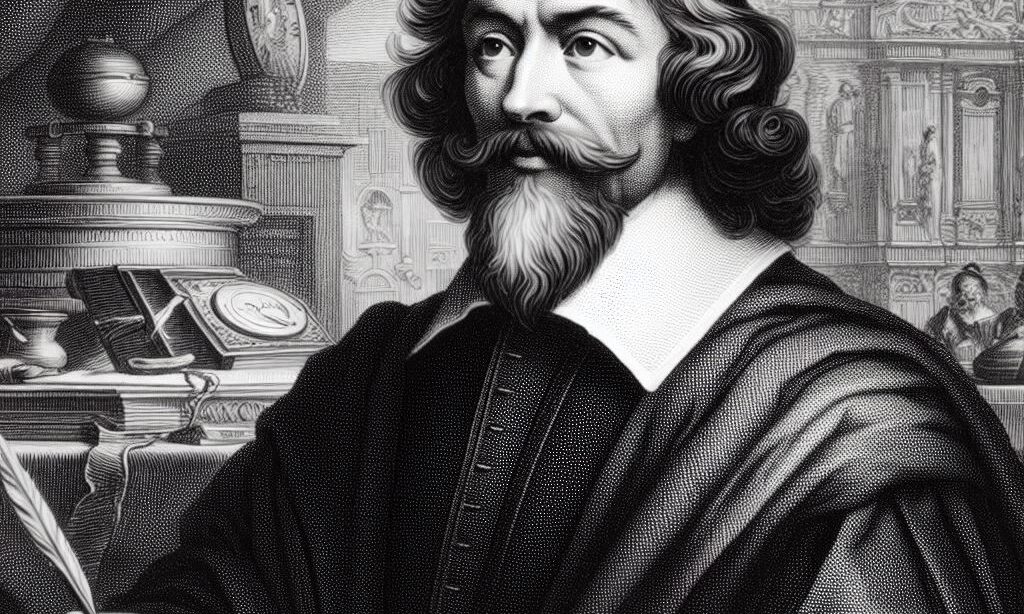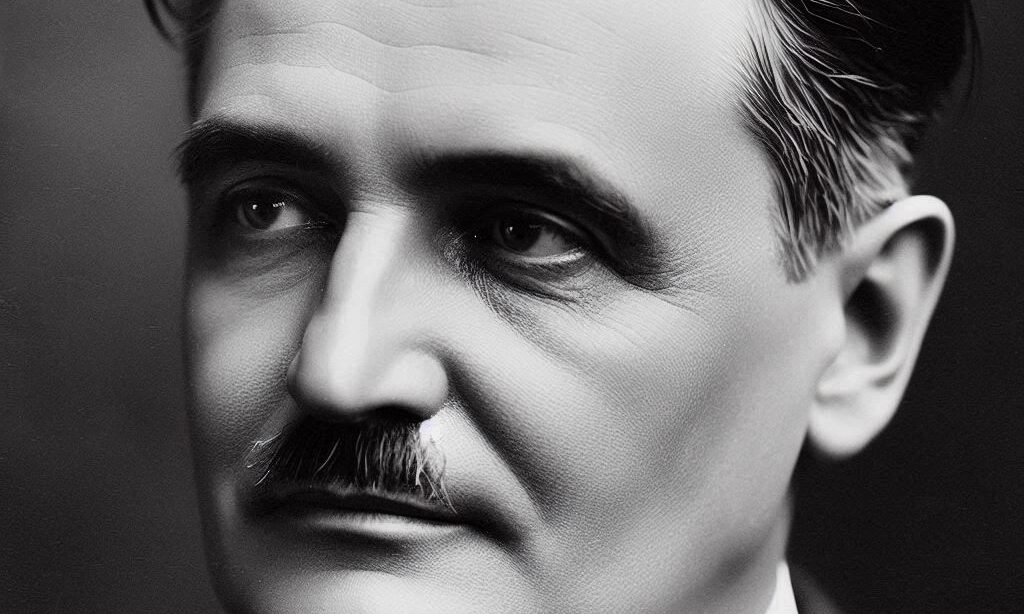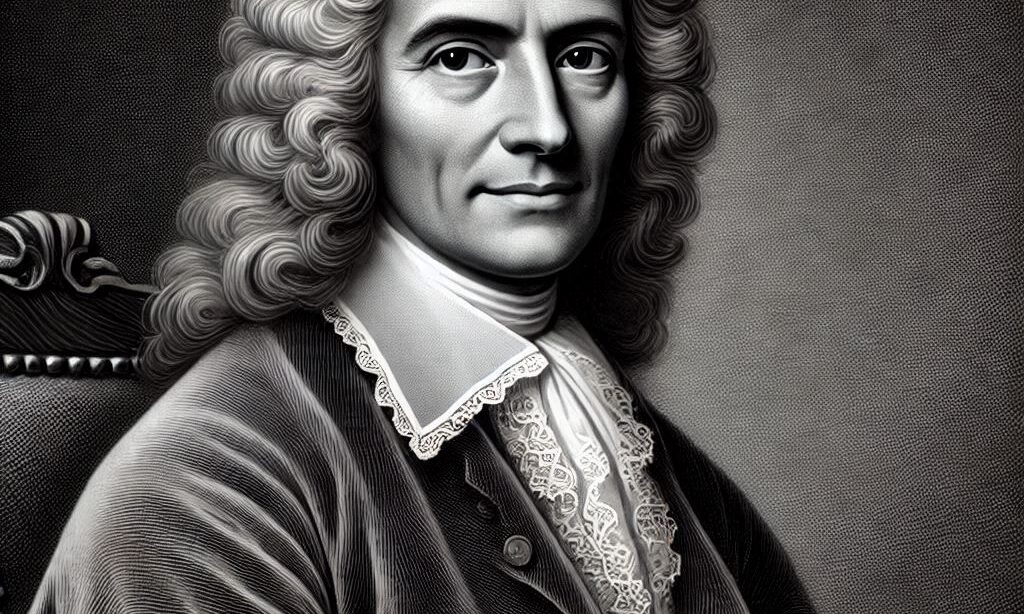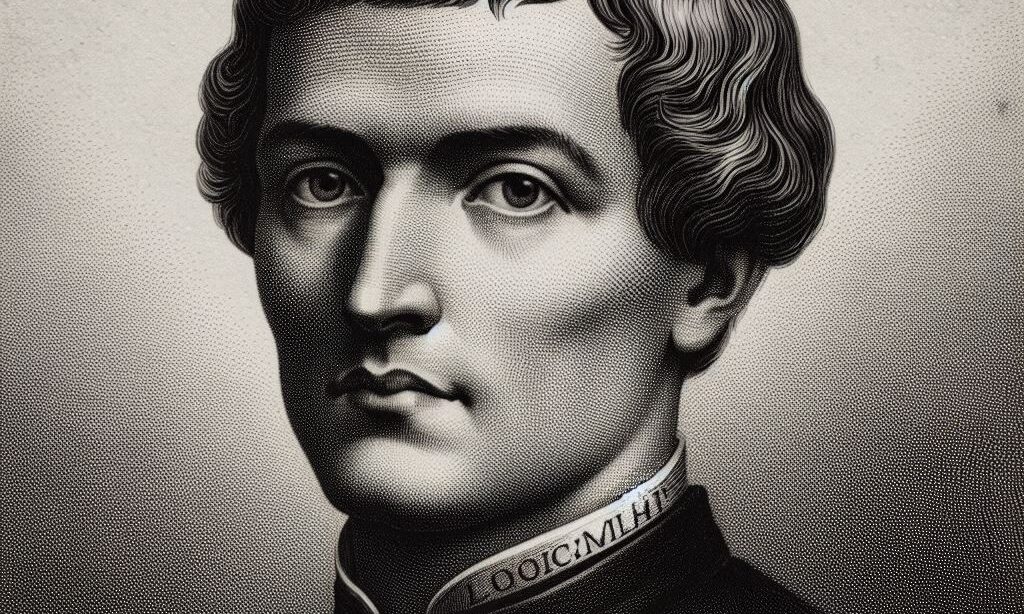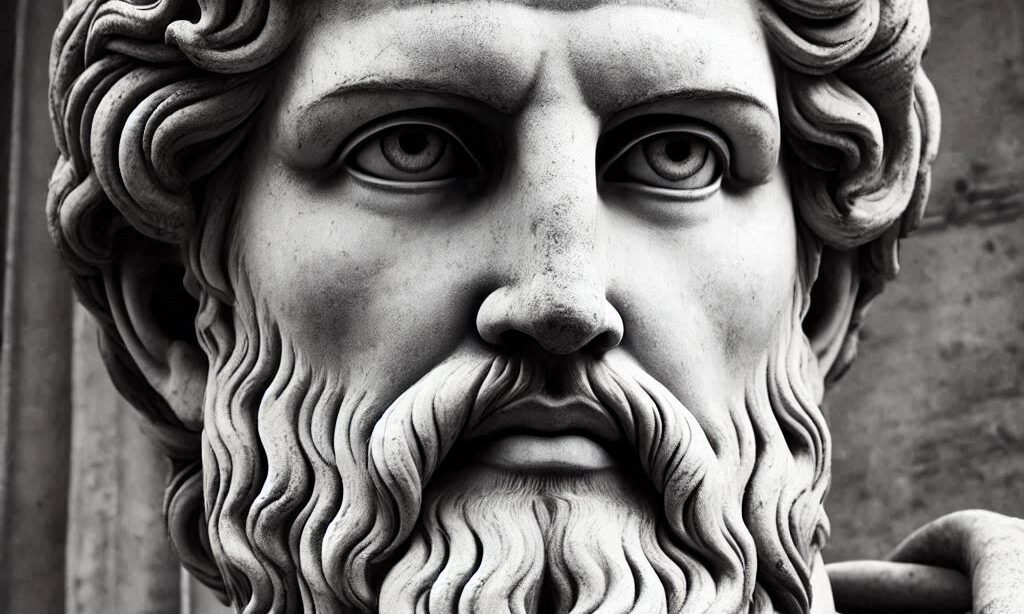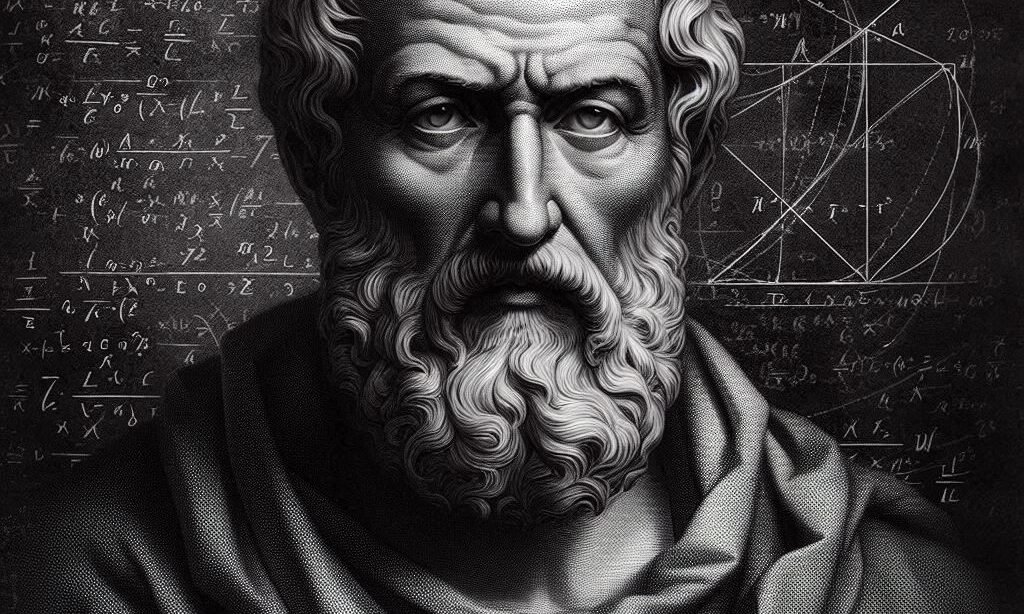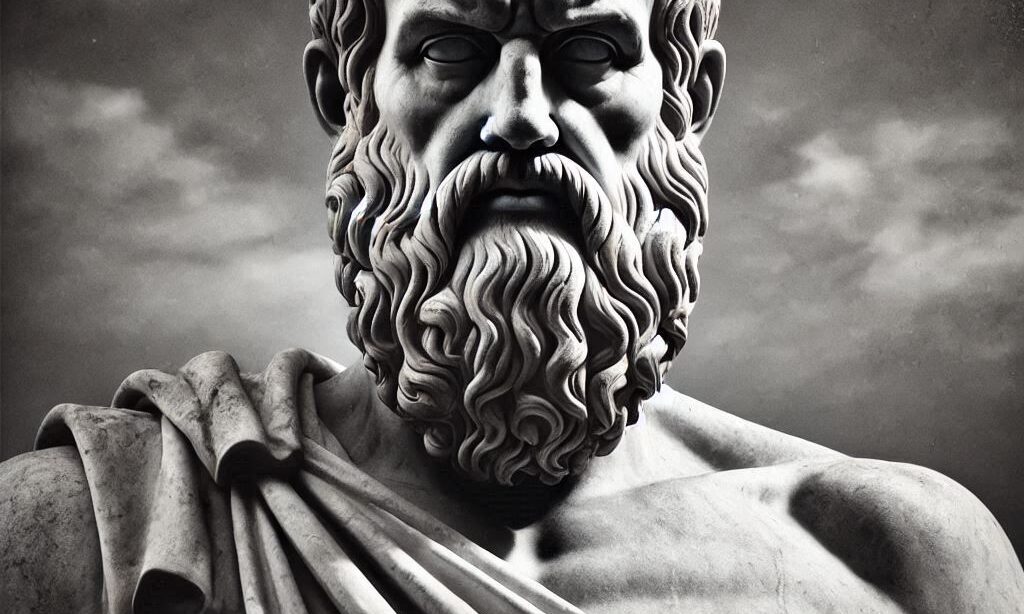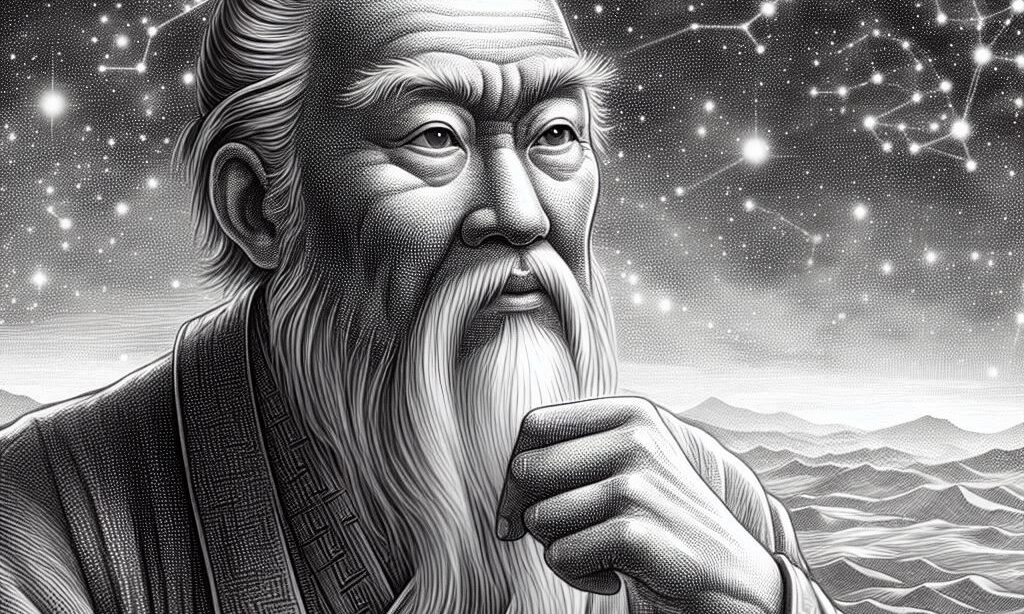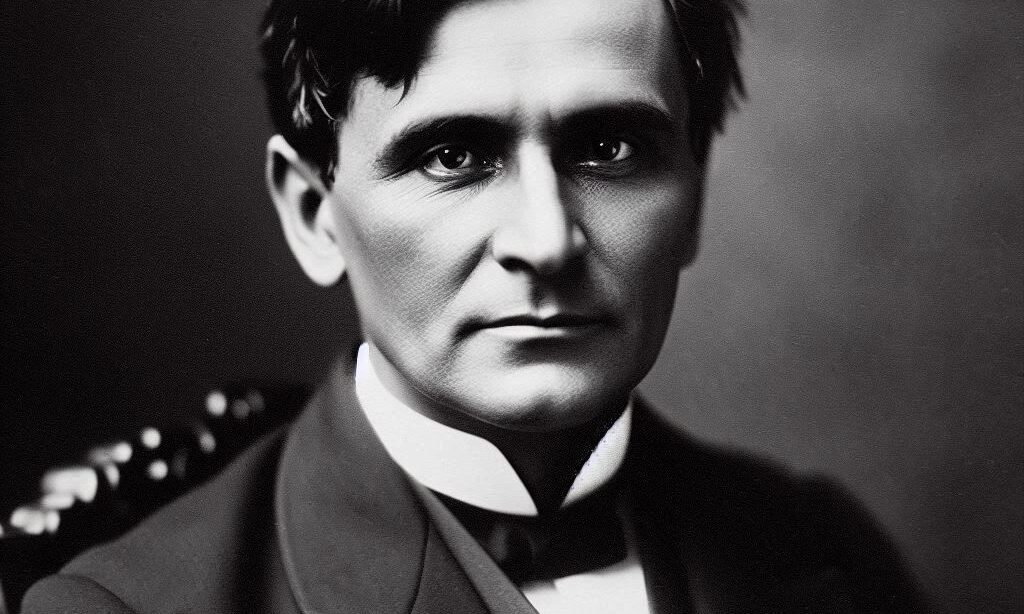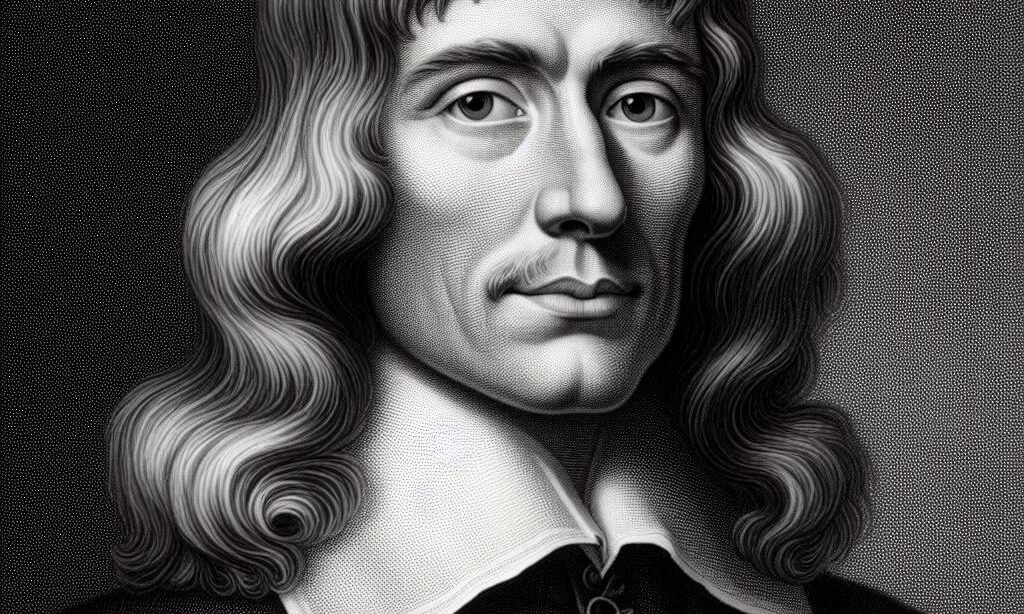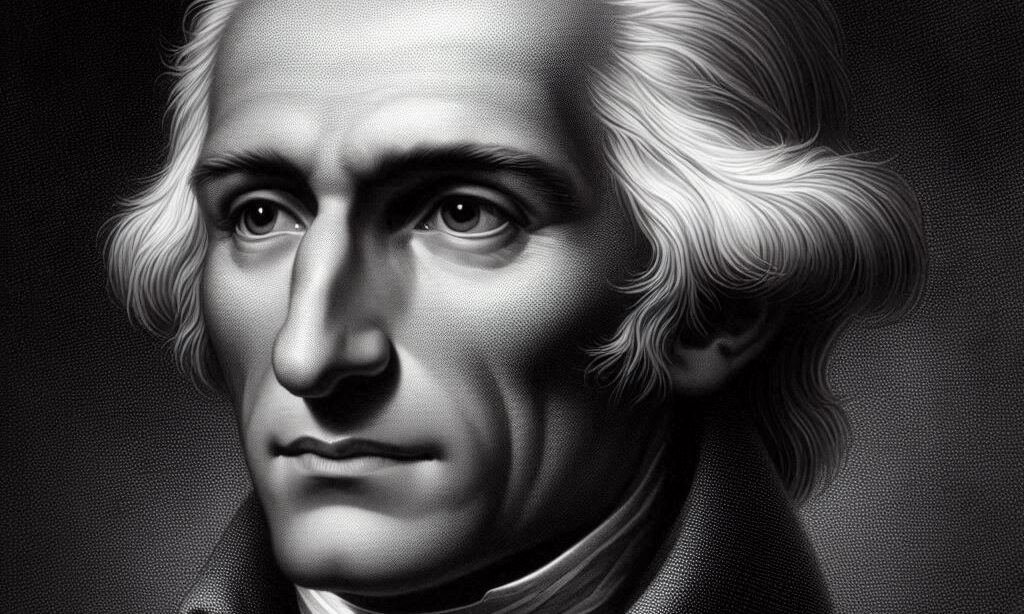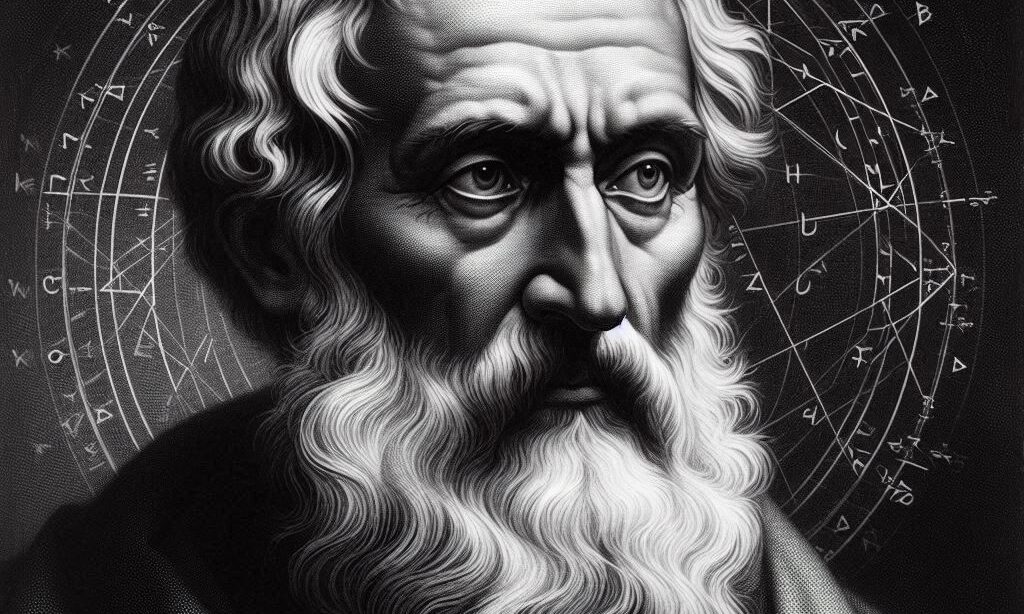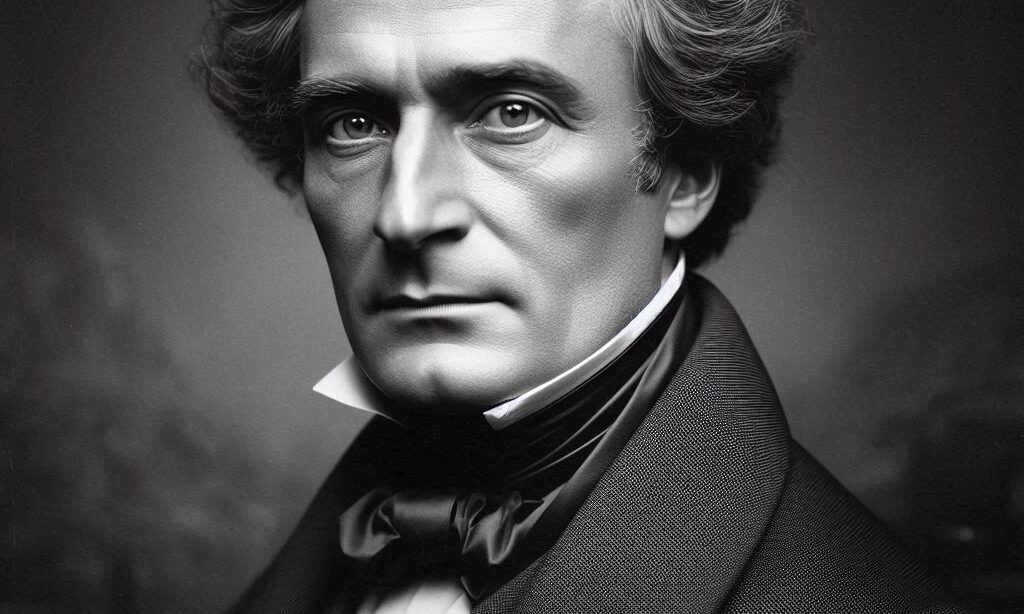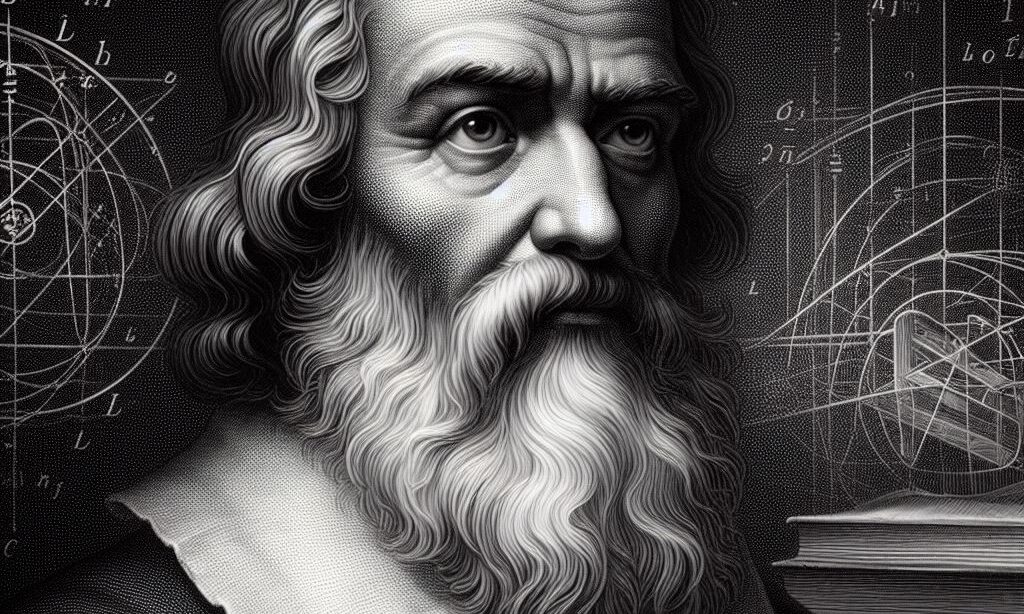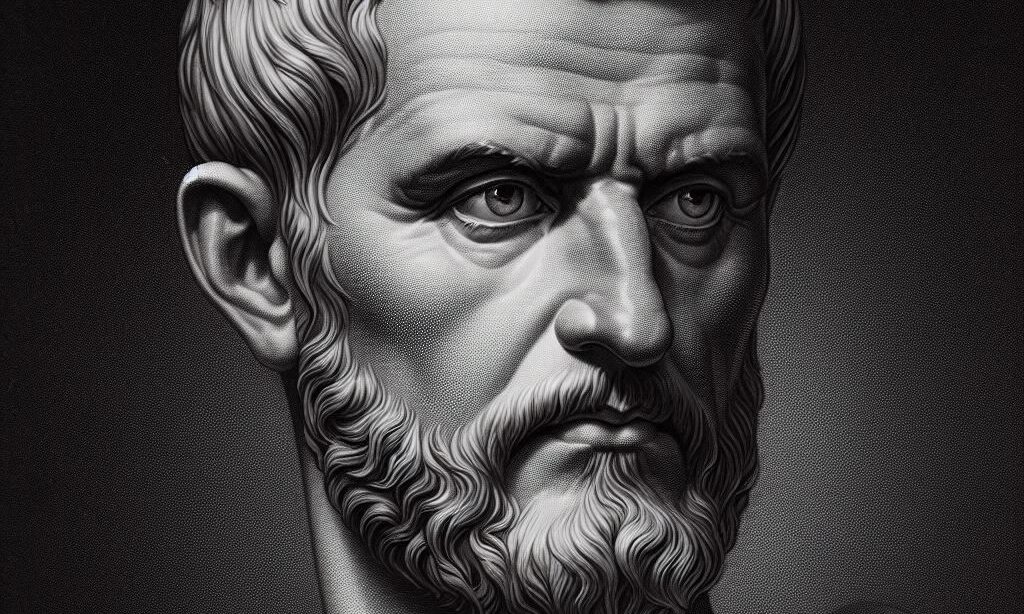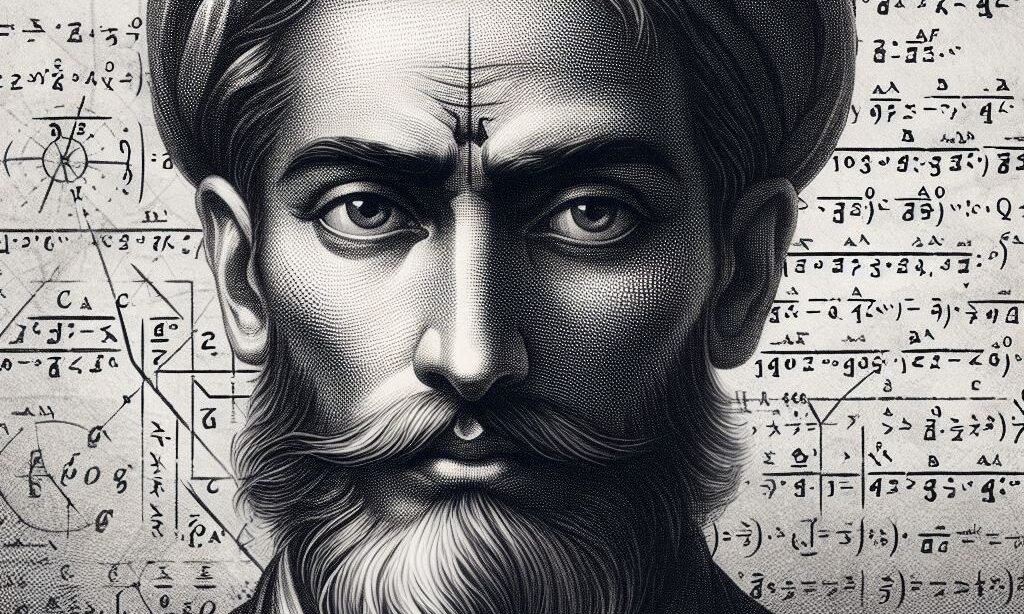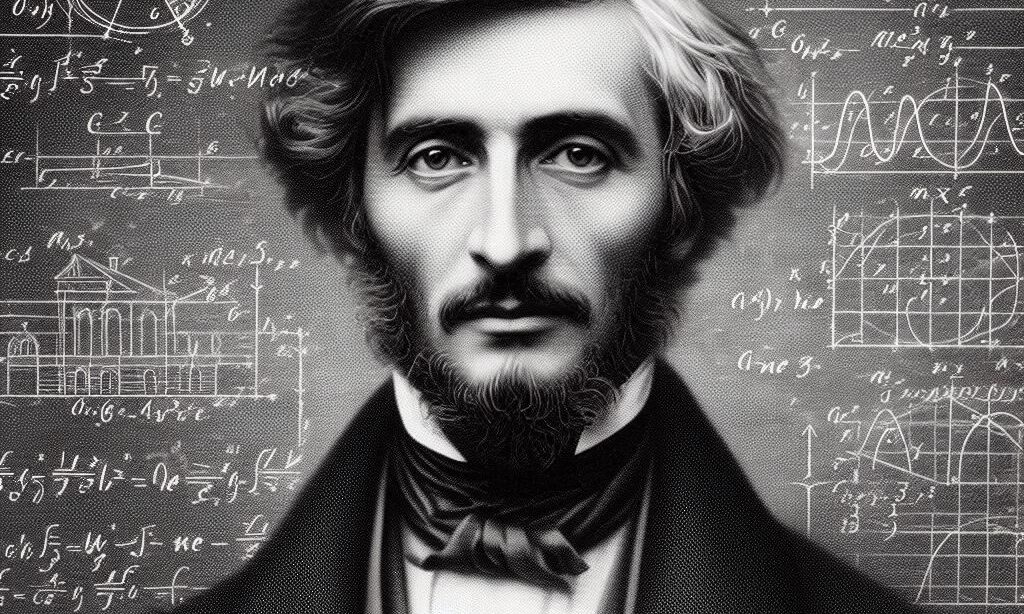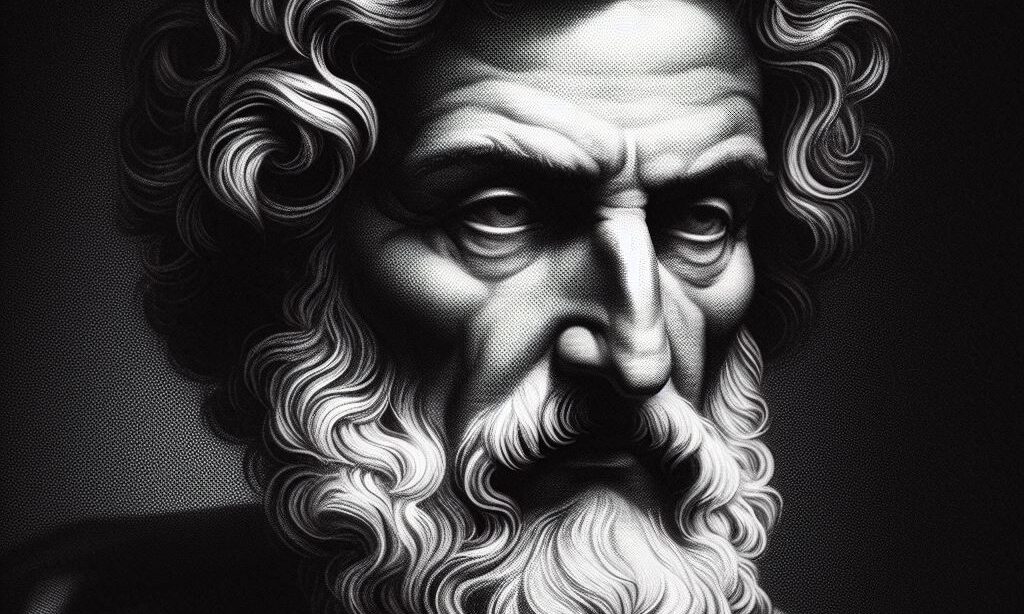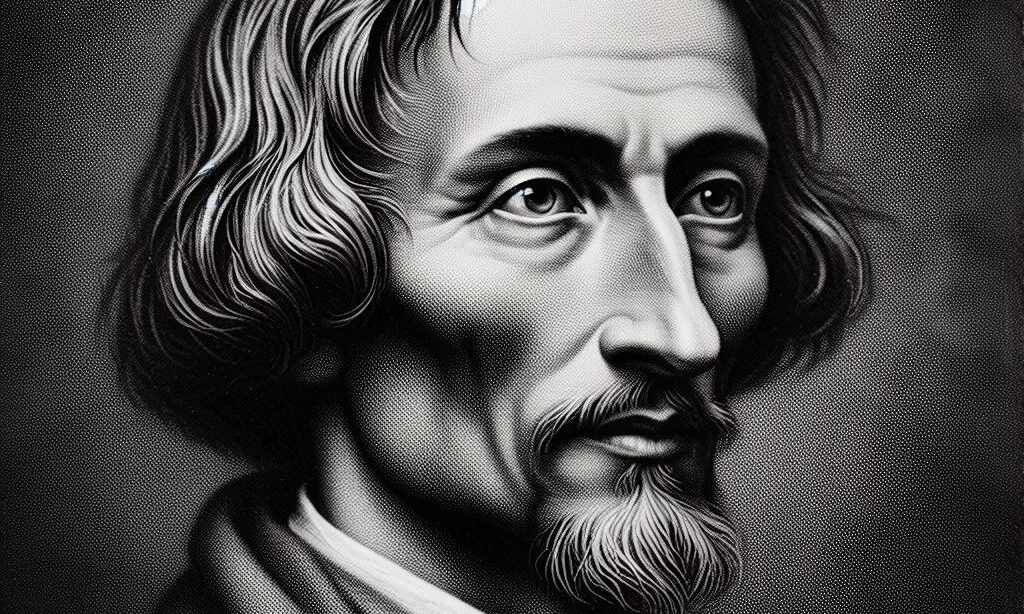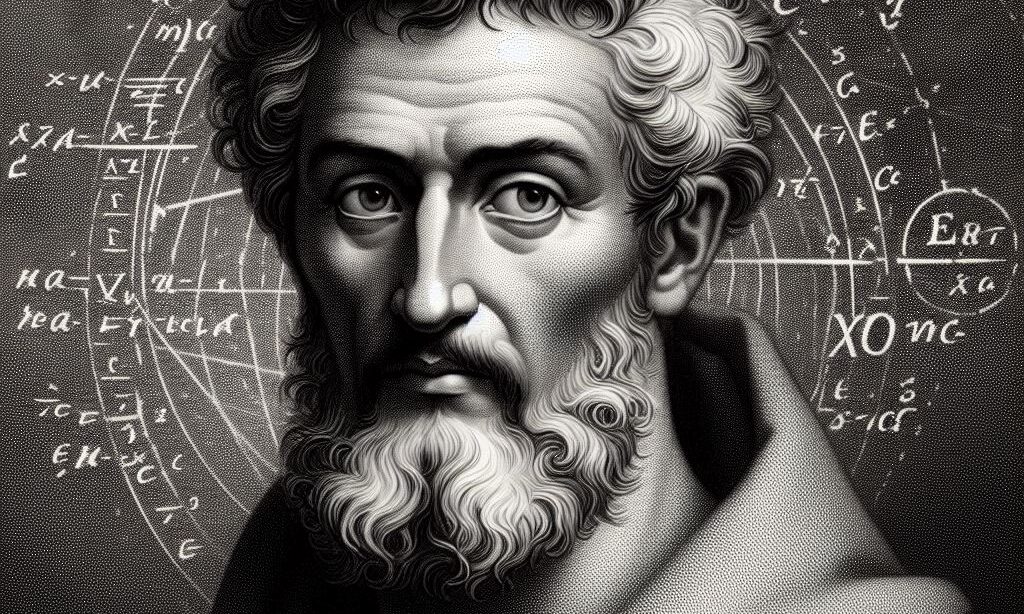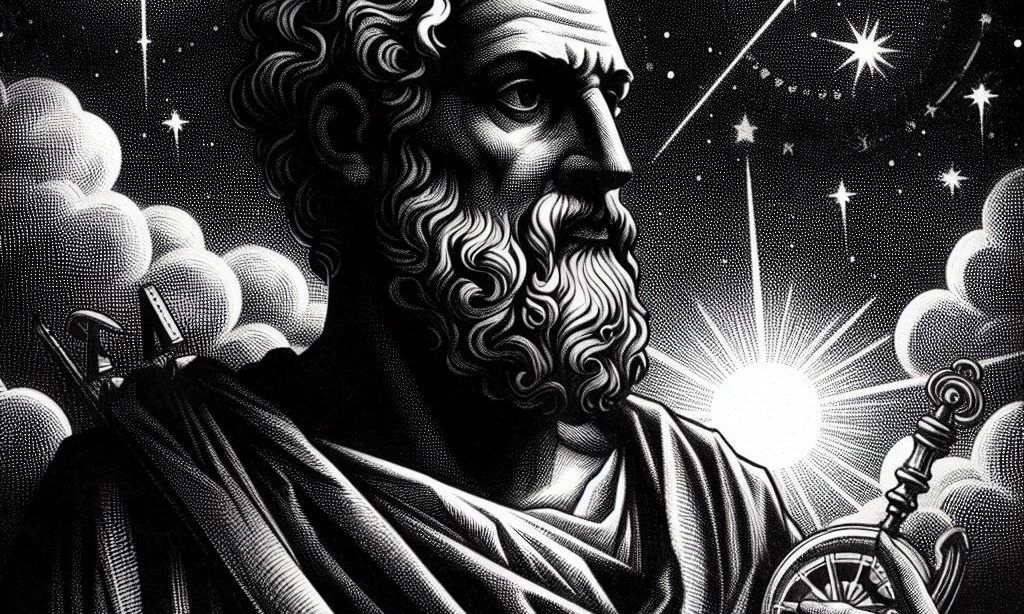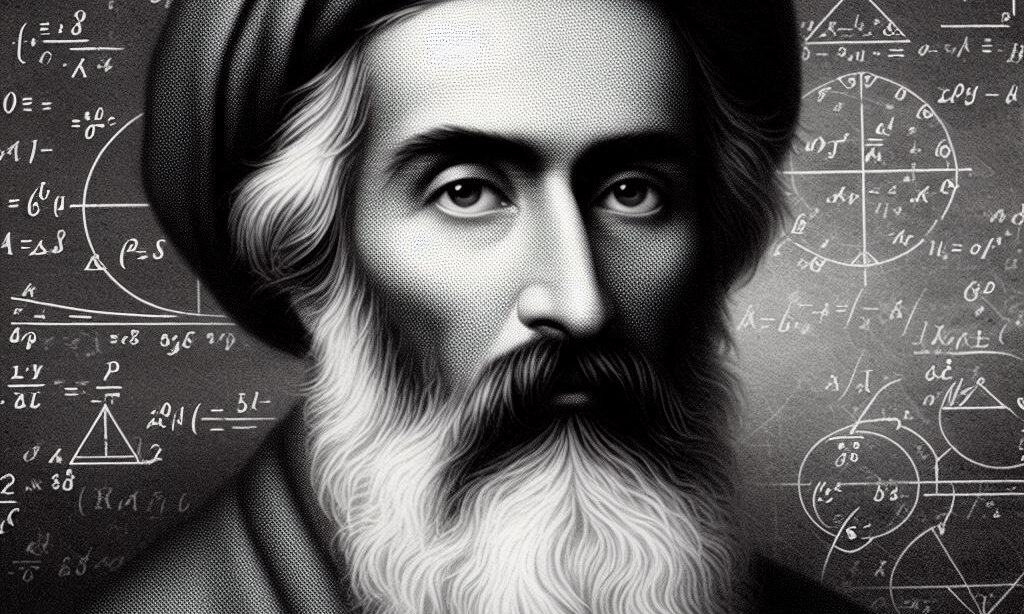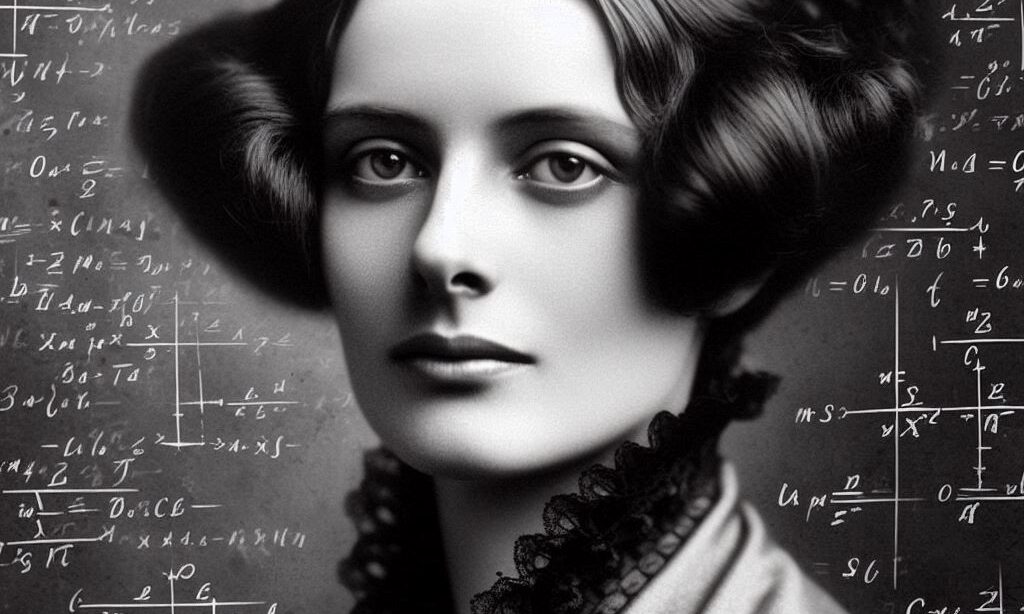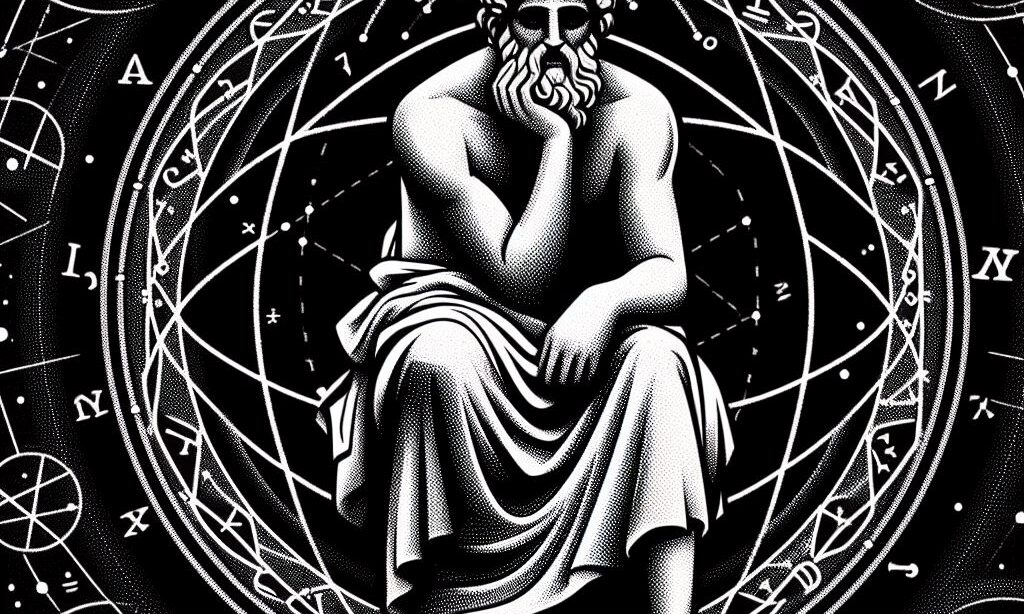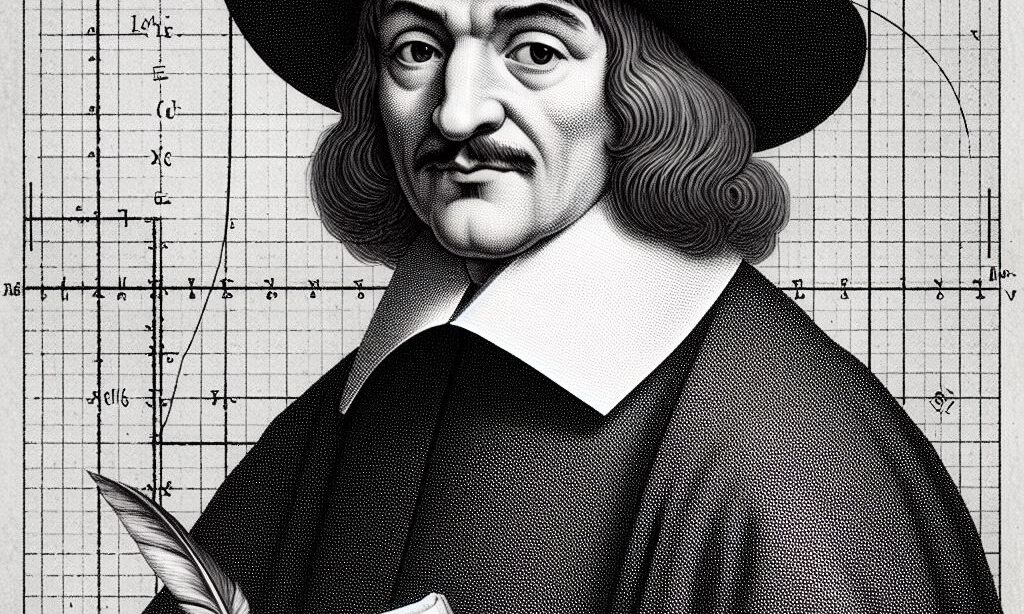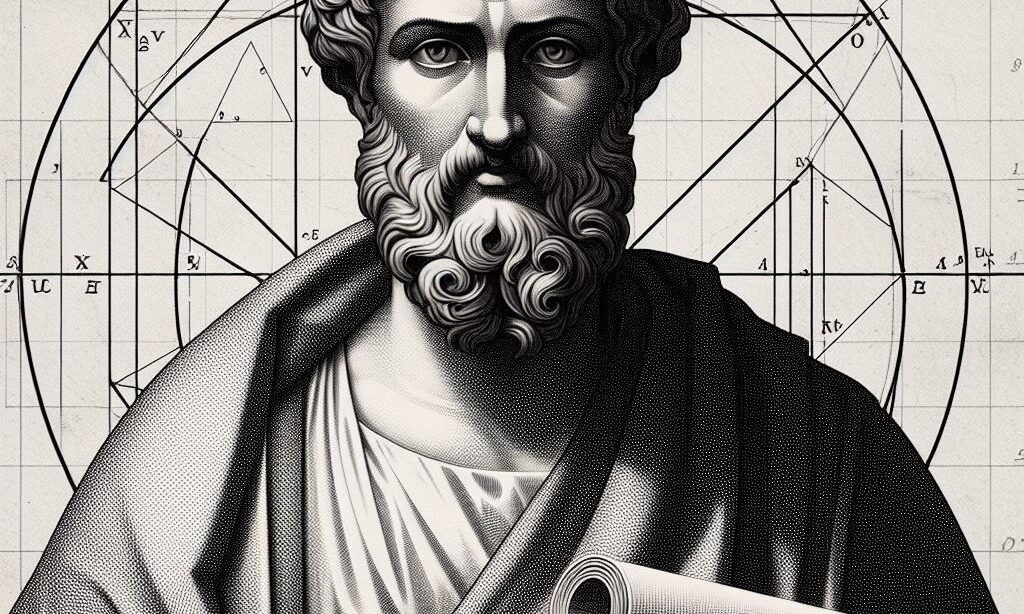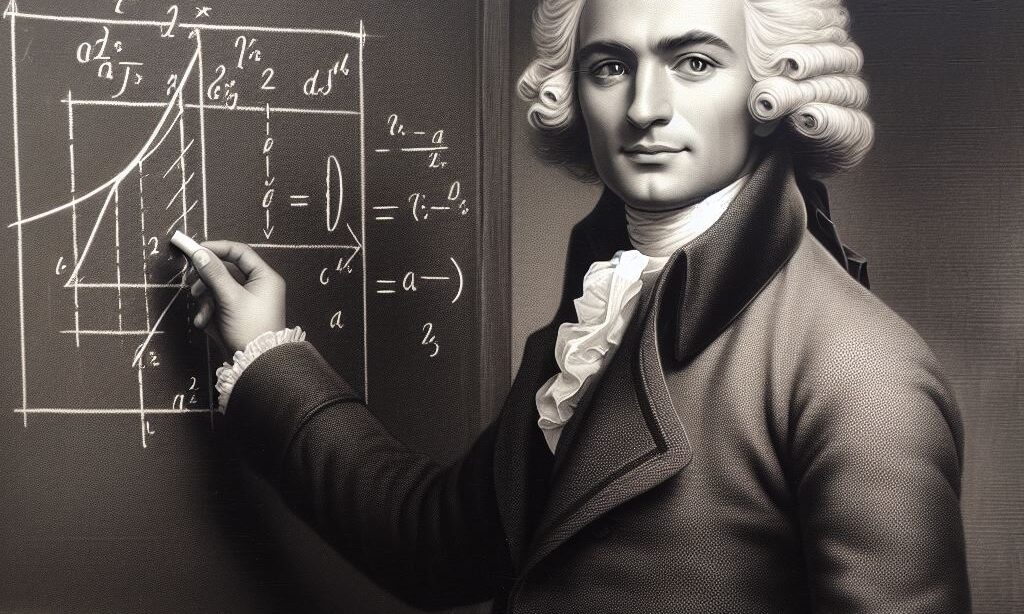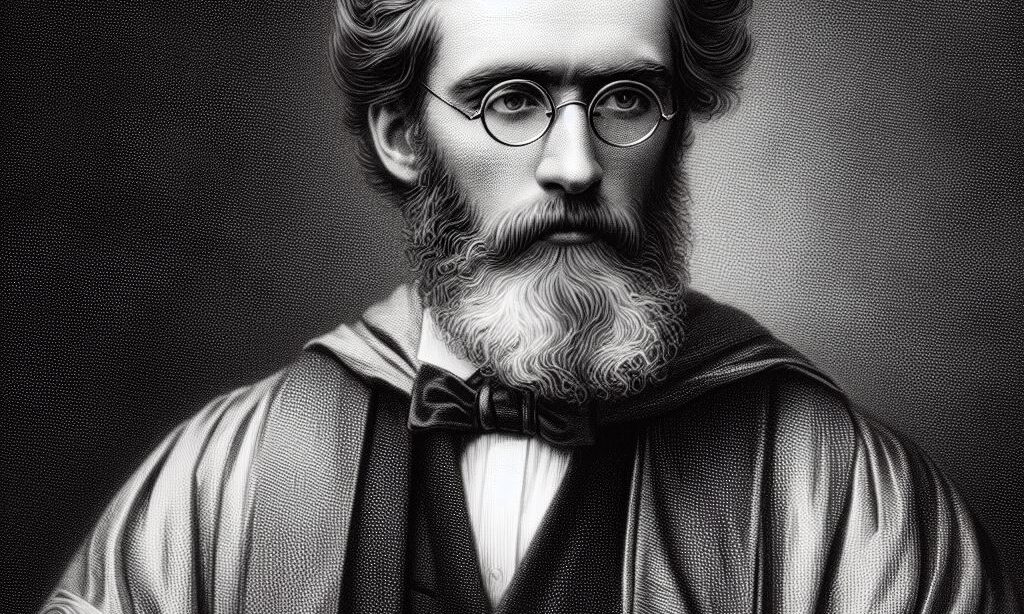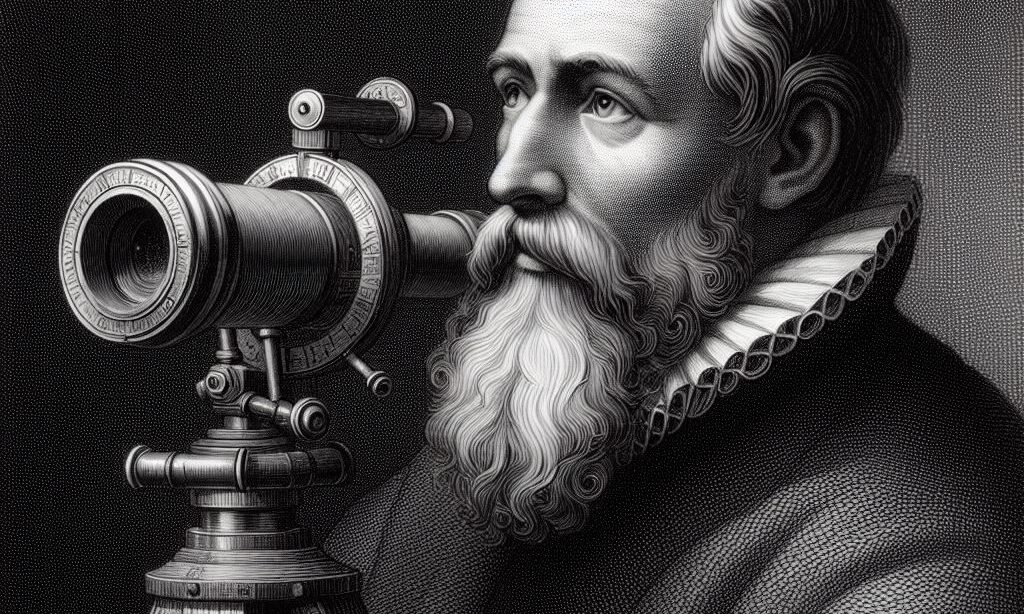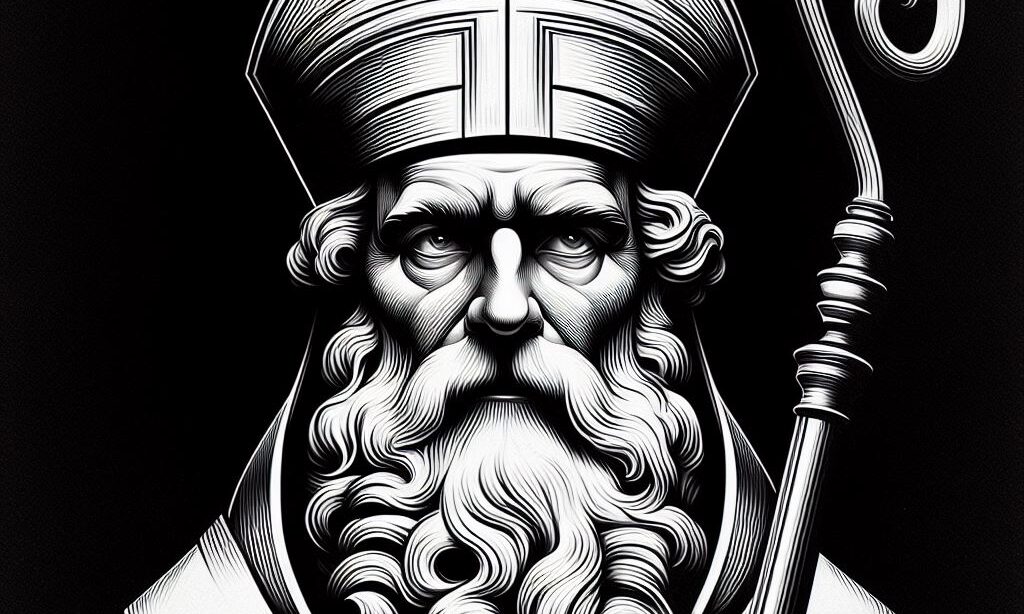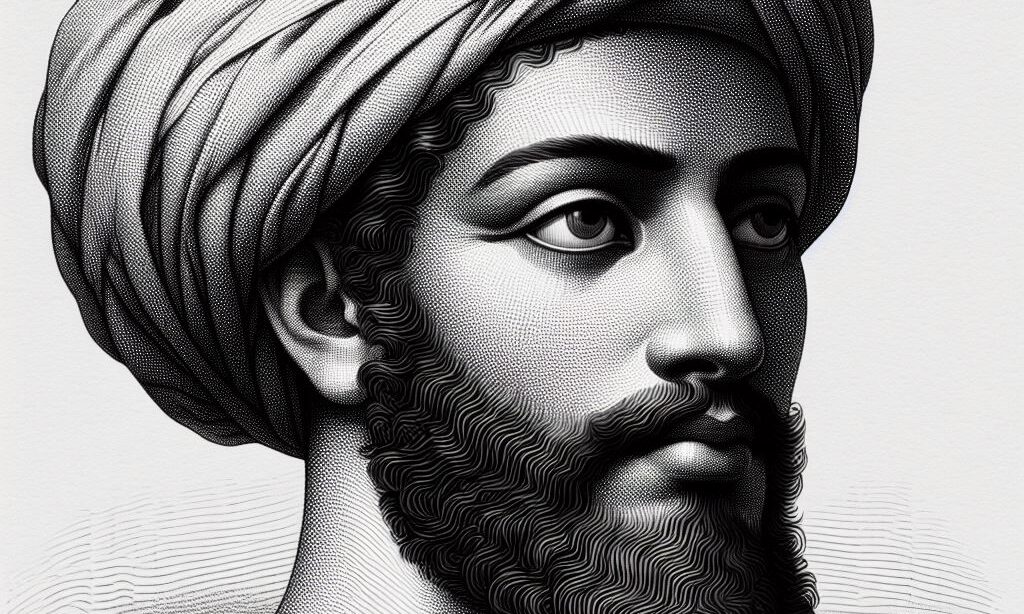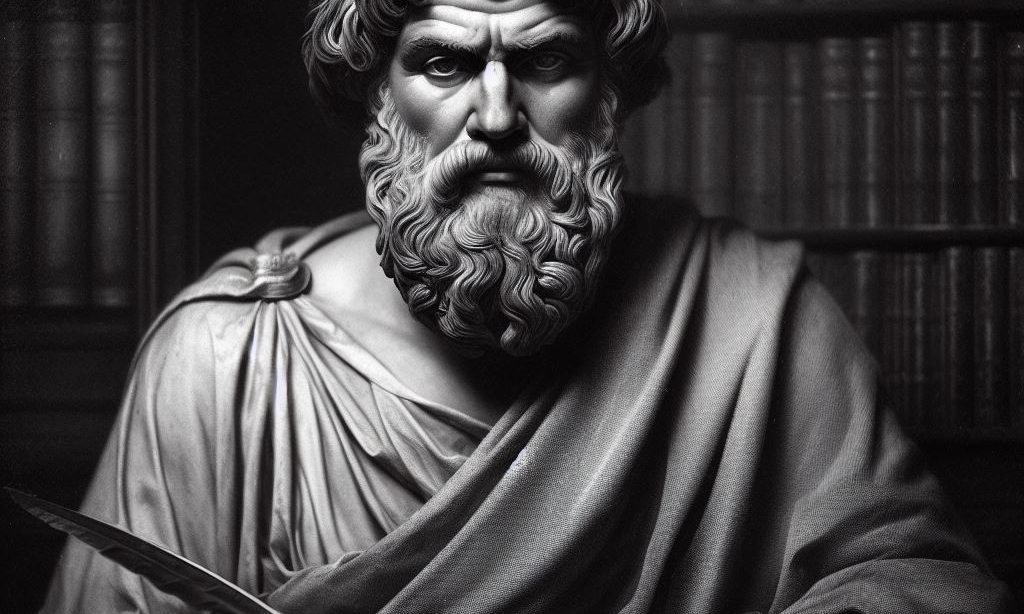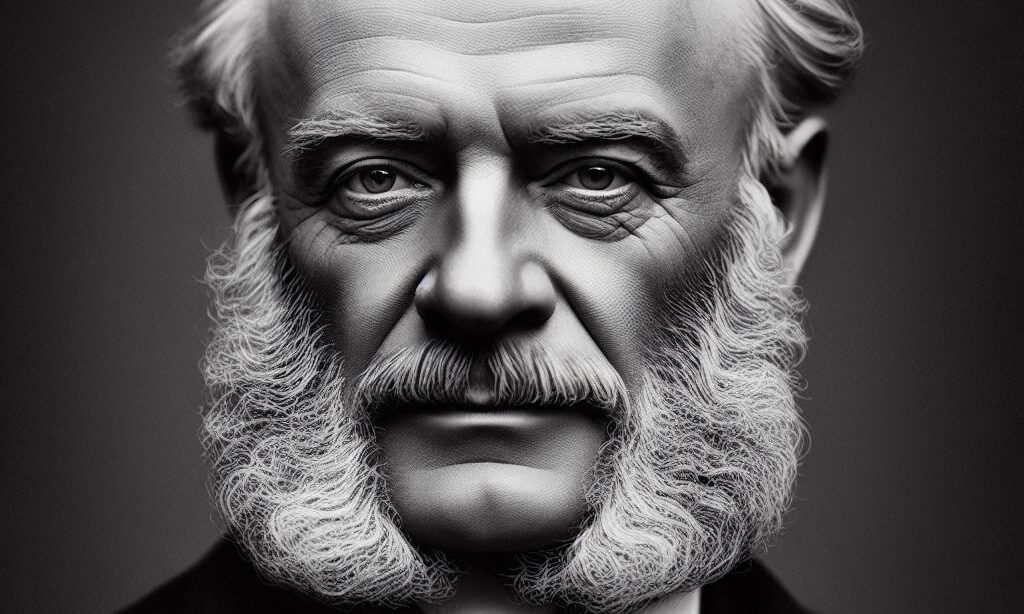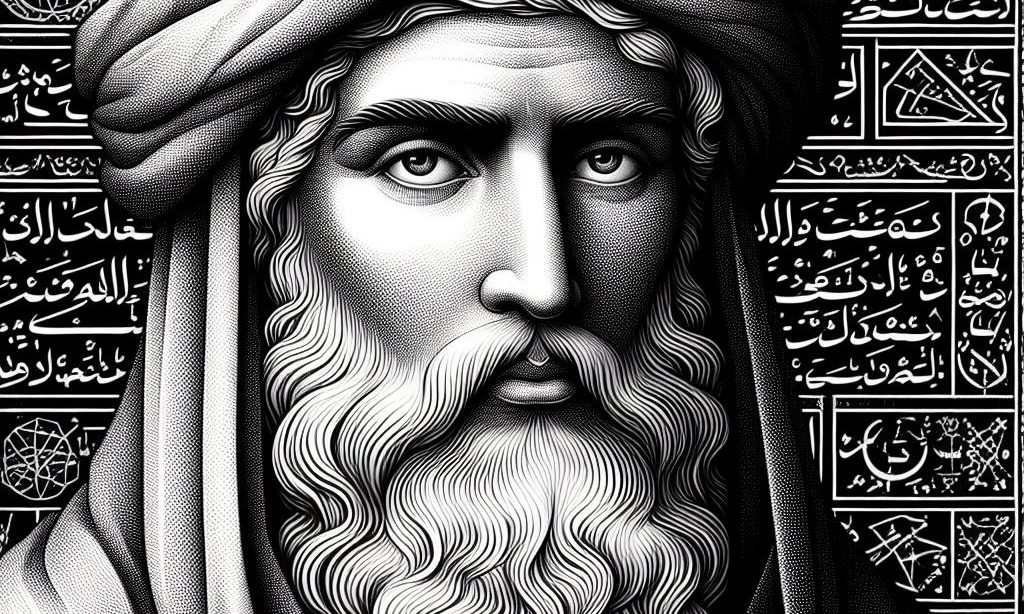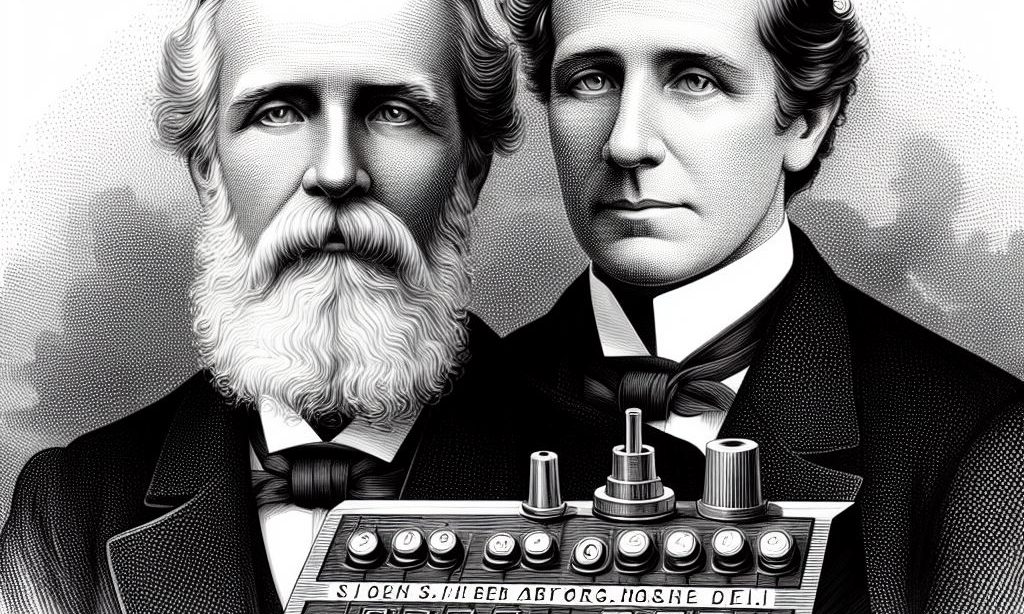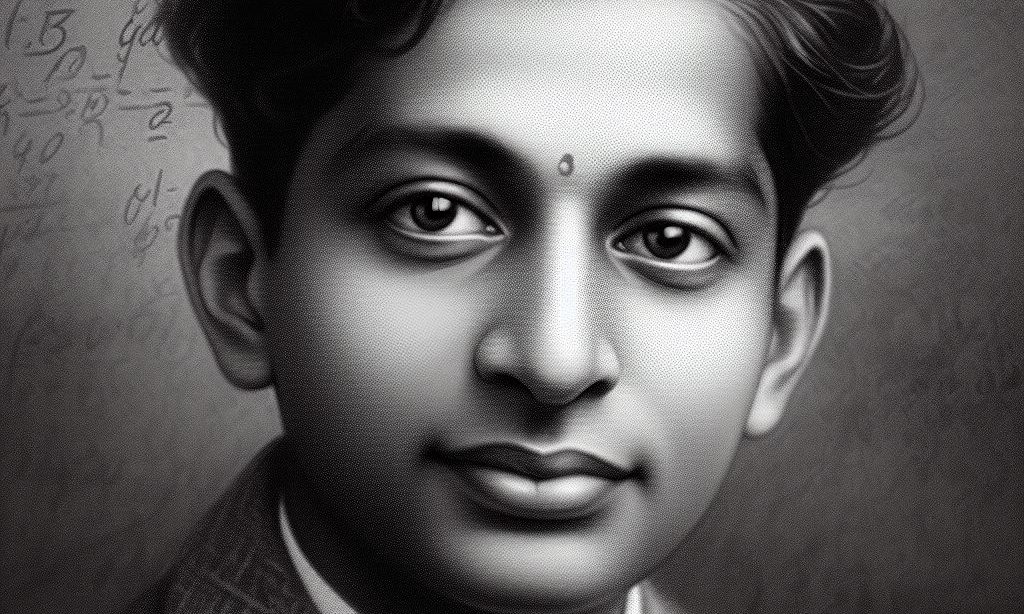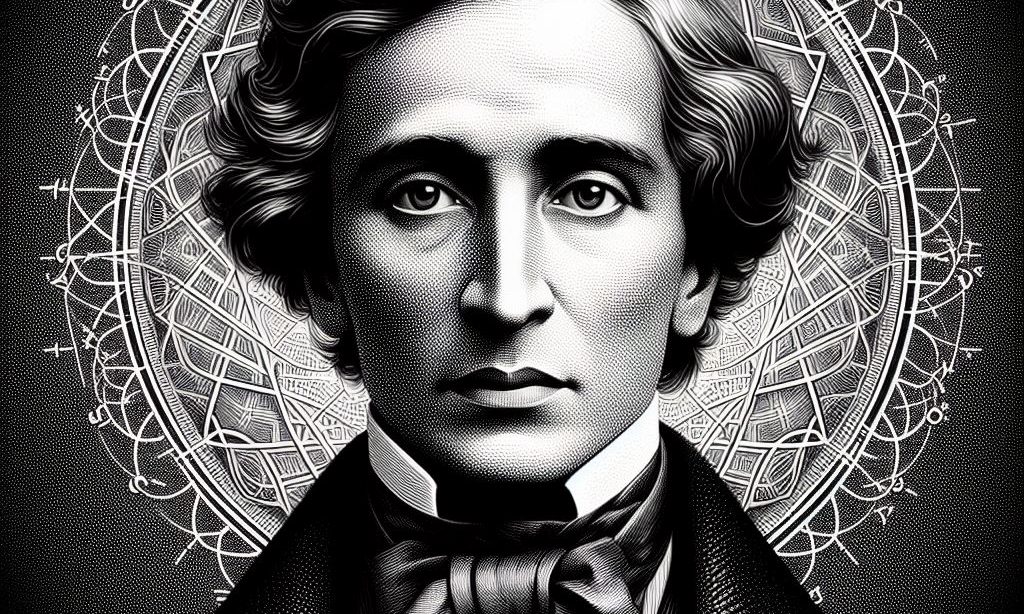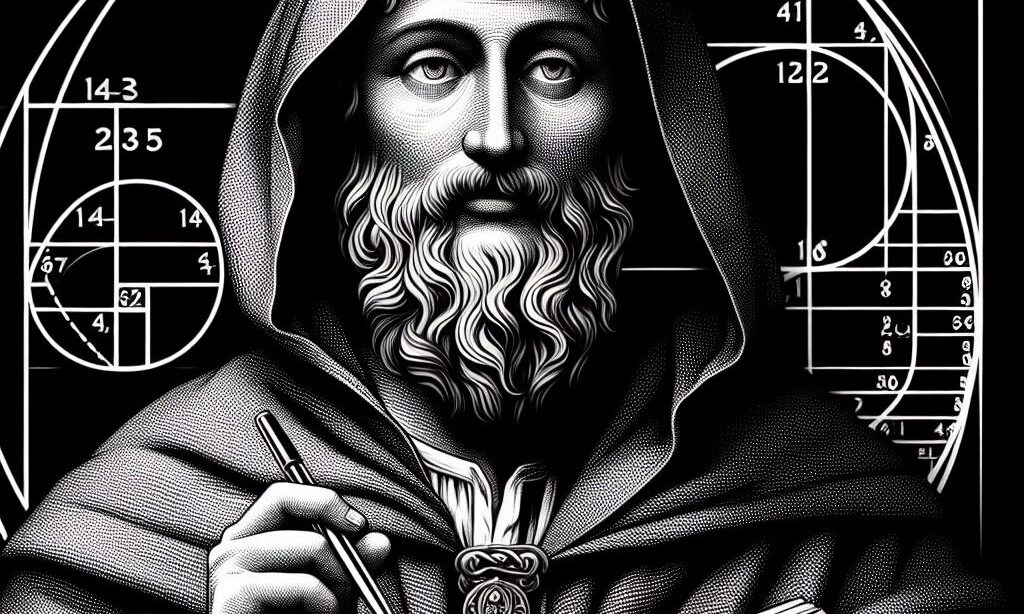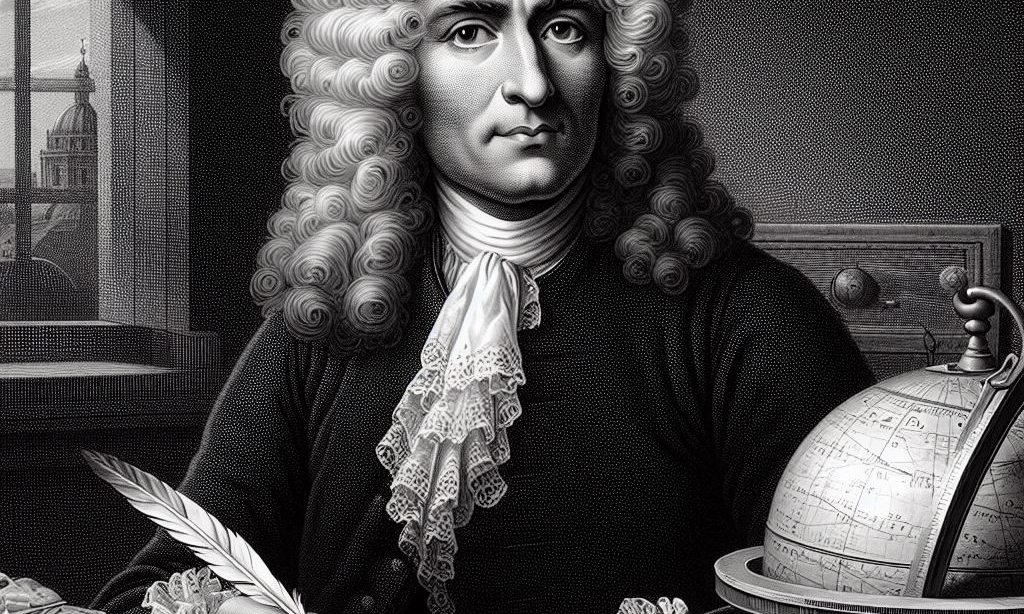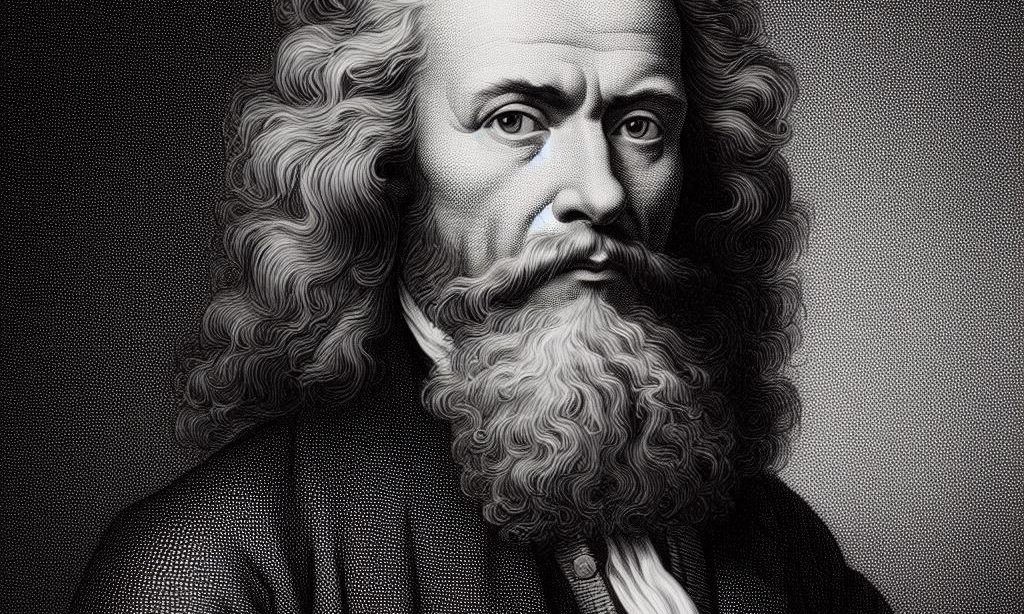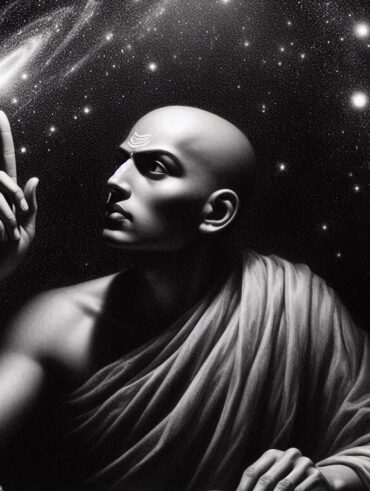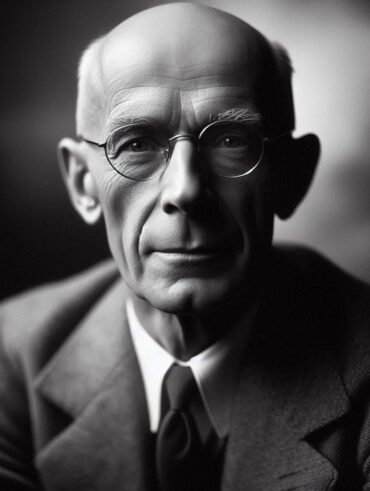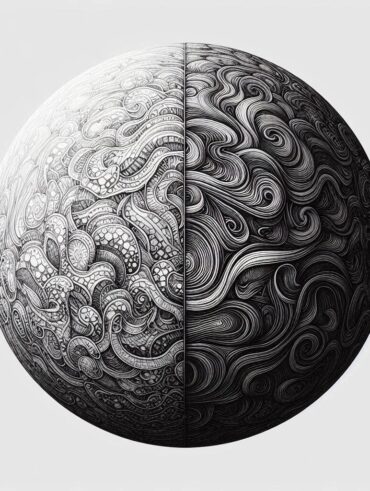Zeno’s paradoxes are a fascinating collection of philosophical thought experiments that have challenged mathematicians, philosophers, and scientists for centuries. Attributed to Zeno of Elea, a Greek philosopher who lived in the 5th century BCE, these paradoxes were intended to defend the ideas of his teacher, Parmenides, who argued that reality is unchanging and that change …
Aryabhata the Elder
Aryabhata the Elder (476 CE–550 CE) is one of the most celebrated figures in the history of mathematics and astronomy. Born in the region of present-day India, Aryabhata made groundbreaking contributions that laid the foundation for many modern mathematical and scientific concepts. Through his seminal work, the Aryabhatiya, he introduced ideas that have influenced fields …
David Hilbert
David Hilbert (1862–1943) is widely regarded as one of the most influential mathematicians of the late 19th and early 20th centuries. His profound contributions to mathematics and science have shaped fields ranging from algebra and geometry to physics and logic. Hilbert’s work was not confined to technical theorems; his visionary insights helped set the course …
Moscow Mathematical Papyrus
The Moscow Mathematical Papyrus, also known as the Golenischev Mathematical Papyrus, is one of the most significant artifacts from ancient Egypt, offering insights into the mathematical knowledge and practices of one of the world’s oldest civilizations. Dating back to around 1850 BCE during the Middle Kingdom period, this papyrus predates many mathematical documents and is …
Golden Ratio
The History of the Golden Ratio and Its Impact on Mathematics and Science The Golden Ratio, often represented by the Greek letter \(ϕ\) or \(τ\), is one of the most captivating and enigmatic mathematical concepts in history. Defined as a special number approximately equal to 1.6180339887, the Golden Ratio has fascinated mathematicians, artists, architects, and …
Birkhoff
George David Birkhoff George David Birkhoff (1884–1944) was a towering figure in early 20th-century mathematics, whose groundbreaking work bridged the abstract realms of mathematics and the real-world phenomena of physics, engineering, and even art. Best known for his ergodic theorem and contributions to dynamical systems, Birkhoff left an indelible mark on mathematics and science. His …
Francesco Maurolico
Maurolico: A Renaissance Polymath Francesco Maurolico (1494–1575) was an Italian mathematician, astronomer, and polymath whose contributions to mathematics and science spanned numerous fields. Living during the Renaissance, a time of rediscovery and innovation, Maurolico bridged the gap between ancient knowledge and modern scientific thought. Through his critical editions of classical texts, innovative methods, and original …
Hippocrates
Hippocrates’ Contributions to Mathematics Although Hippocrates’ work is often overshadowed by the more famous “Hippocratic Oath” associated with the medical philosopher Hippocrates of Kos, his contributions to mathematics are both significant and pioneering. He is primarily remembered for his work in geometry, especially his advances in understanding the properties of circles, areas, and volumes. The …
Sieve of Eratosthenes
The History of the Sieve of Eratosthenes The Sieve of Eratosthenes is one of the most ancient and ingenious algorithms in the history of mathematics. Developed by the Greek mathematician Eratosthenes of Cyrene (circa 276–194 BCE), it remains a fundamental algorithm for generating prime numbers and has had a significant influence on various fields of …
Pierre de Fermat
Pierre de Fermat (1607–1665) was a French mathematician, lawyer, and polymath whose profound contributions transformed the landscape of mathematics. Often regarded as one of the founders of modern mathematics, Fermat is celebrated for his pioneering work in number theory, analytic geometry, calculus, probability, and optics. His genius lies not only in his groundbreaking results but …
